How to Use the Golden Ratio to Create Stunning Compositions
The Rule of Thirds and the Golden Ratio are some of the most foundational concepts in the world of photography.
The Golden Ratio is essentially a design principle based on the ratio of 1 to 1.618 – or more precisely 1.61803398875, but let’s stick with 1.618.
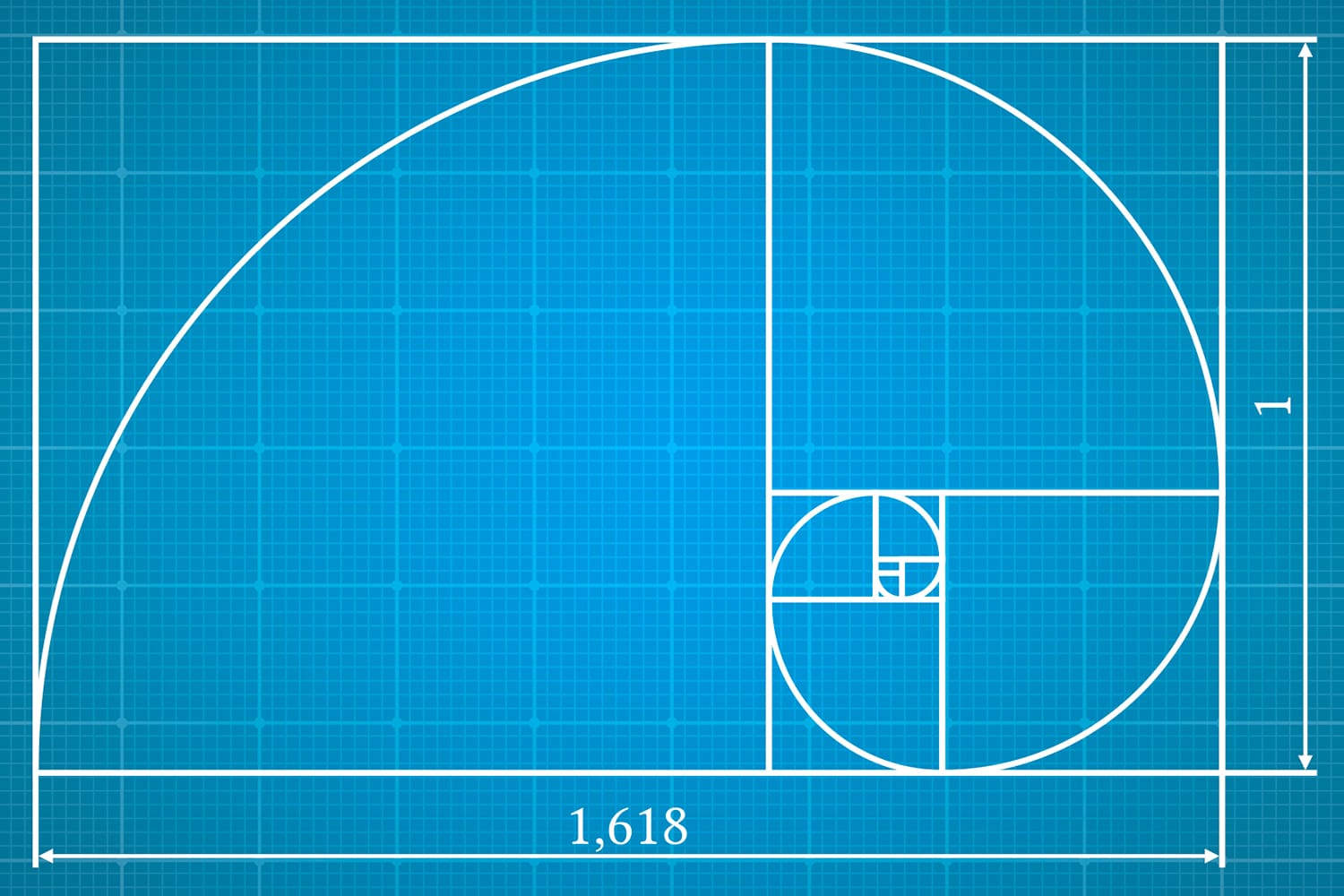
The Golden Ratio can help you create images that have a solid composition. It is also known as the Phi Grid.
But, before we dive in and talk about the Golden Ratio, we should probably go over the good old Rule of Thirds.
The Rule of Thirds is a simple principle that urges photographers to break down the subject or scene into nine parts horizontally and vertically.
The nine points on the grid are used to frame the scene and give your photograph symmetry while also providing strategic places to insert compositional elements and make the picture more eye-catching. Examples of famous paintings that use the Rule of Thirds (ROT) include A Maid Asleep.
The Golden Ratio
The Golden Ratio divides a scene into two parts. When the longer length is divided by the small length, the result is equal to the entire length divided by the longer length. A big proponent of the Golden Ratio is Leonardo Da Vinci, and his famous picture Mona Lisa uses the Golden Ratio concept.
The main difference between the Rule of Thirds and the Golden Ratio
The primary differences lie in focal placement. The Golden Ratio grid looks a lot like the Rule of Thirds (ROT) grid, but the middle lines of the Golden Ratio grid are closer. ROT’s compositional points of interest lie on any of the line intersections.
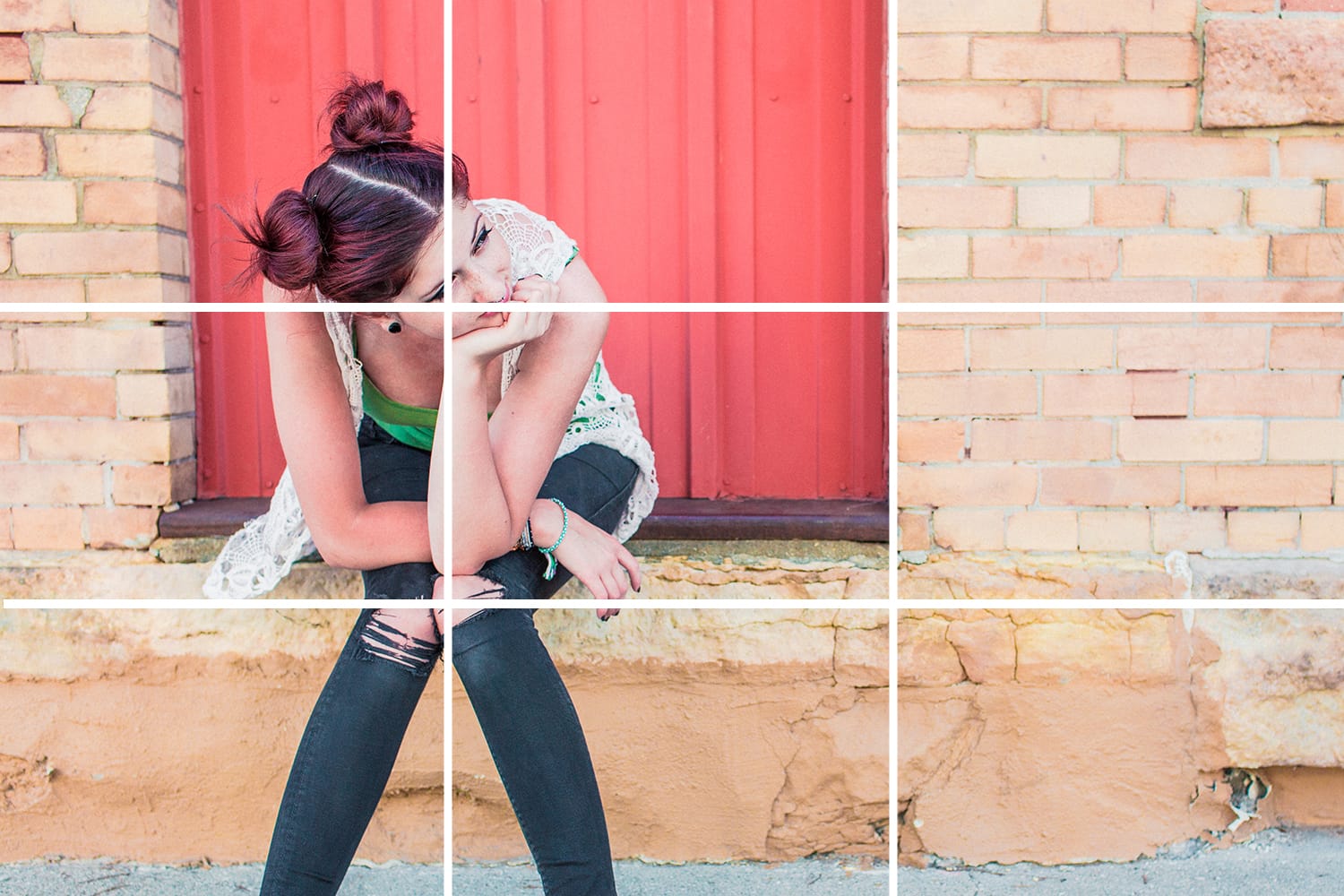
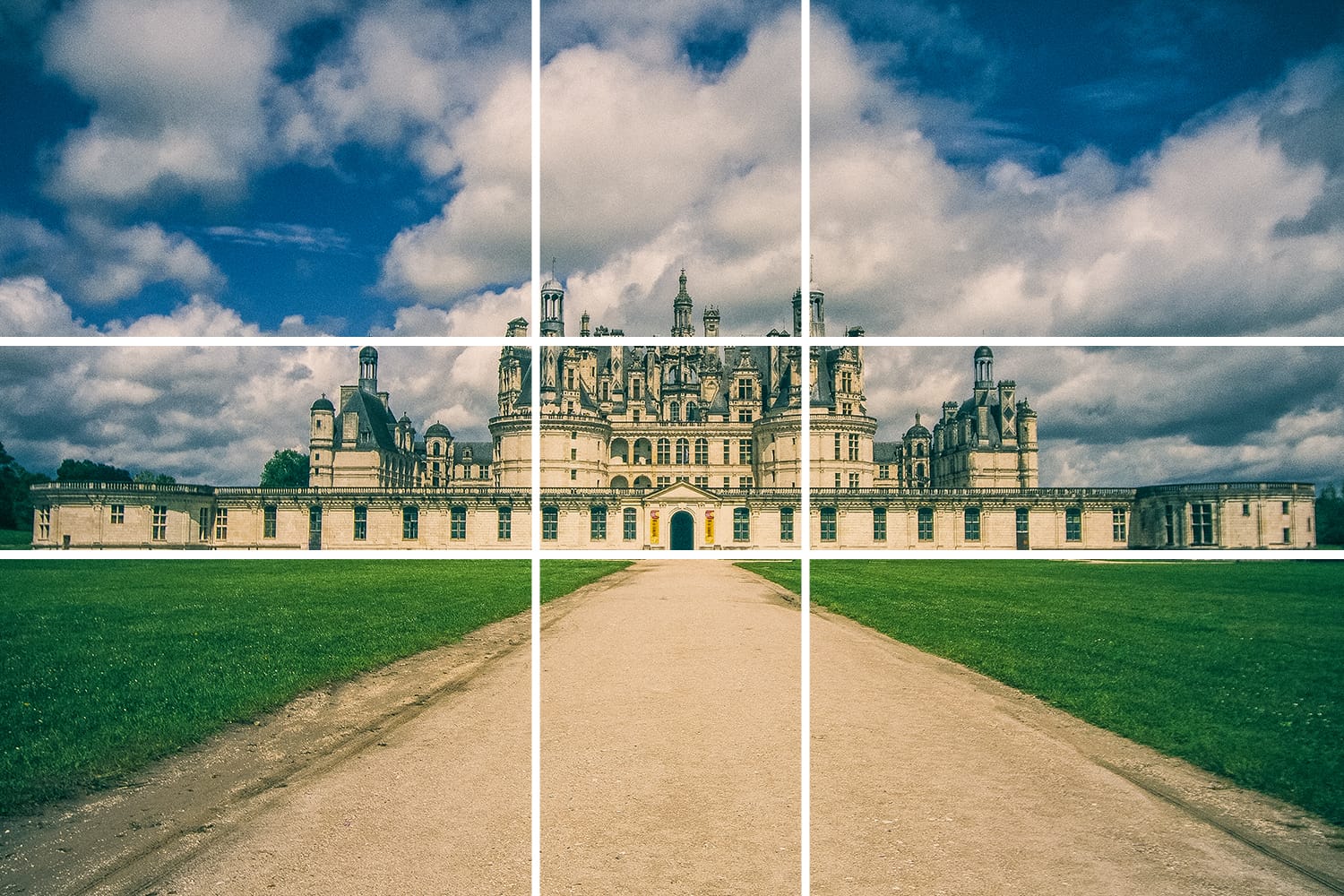
However, on the Phi Grid, because the lines of intersection are not equally apart owing to the closer set of the center lines, the point of interest is more centralized.

The picture has excellent symmetry and beautifully captures the background and foreground. By using the Rule of Thirds, the photographer was able to neatly capture the single tree while marrying it with the field of flowers at the fore and the tree line in the back.

The dog in the picture above is framed in a Phi Grid, which centers the subject. You can see all the details about the dog, but the background and sides are a bit blunted.

The picture above is more interesting, organic, and aesthetically pleasing. The focus is on the bridge with a looming question in the background; what’s the dog doing in the water? This photo uses the Golden Spiral.
Understanding the Golden Spiral
The Golden Spiral, also known as the Fibonacci spiral, is essentially a composition guide. It targets a small element in the scene and radiates from there, bringing attention to more captivating elements in the larger landscape of the photo. In the above picture of the Golden Gate Bridge, the spiral emanates from the dog in the water forming a nautilus shell that draws attention to the bridge.
The golden spiral looks like this:
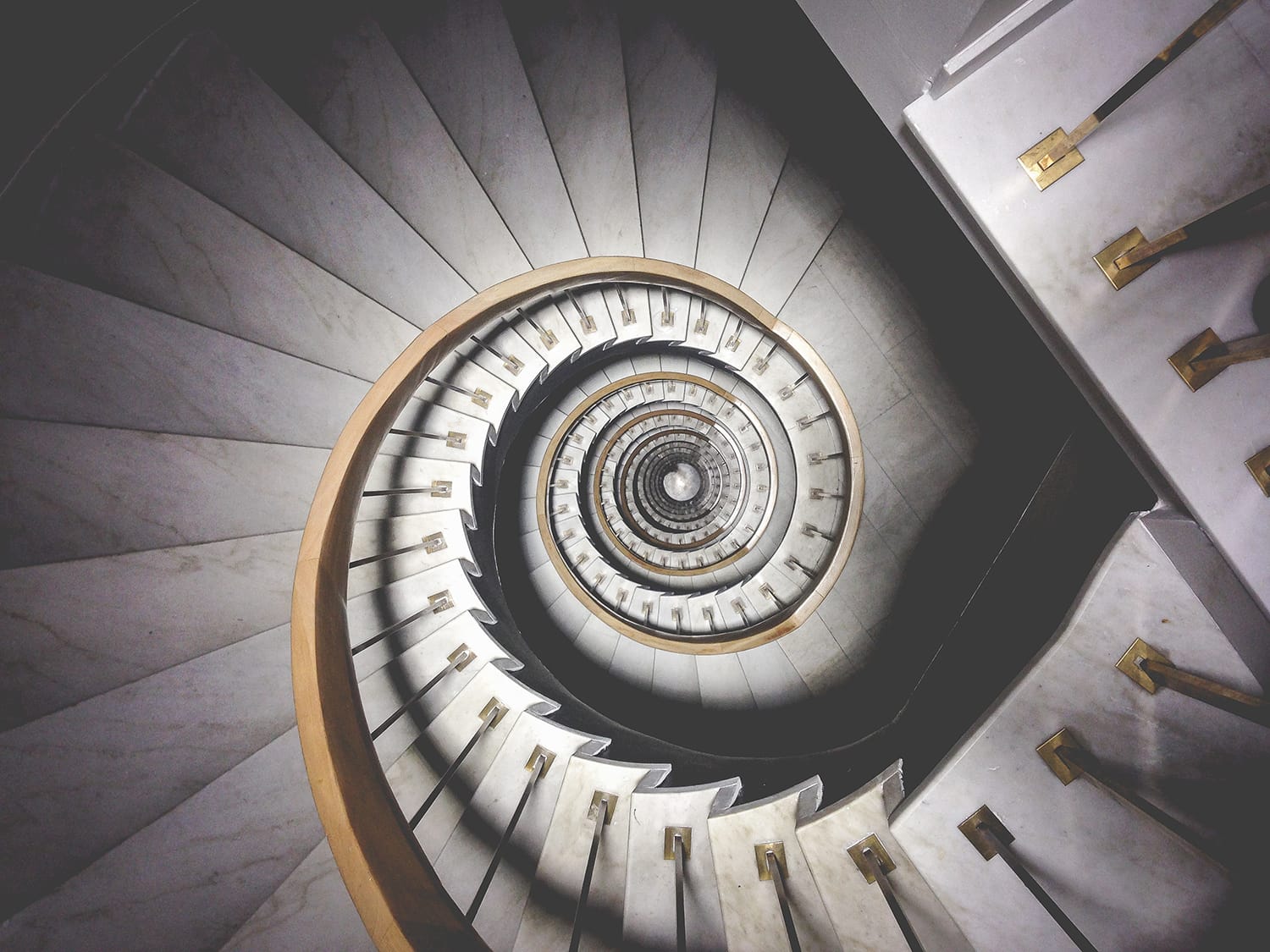
How to Use the Golden Ratio
This technique results in more organic and aesthetically pleasing photos. How? It creates a harmonious pattern revolving around a subject, then drawing attention to the more significant points of interest.
1. Take the time to evaluate the scene
The Phi grid facilitates excellent composition of a picture. Still, you must study the scene to establish the main component of the photo and the supporting cast that’ll launch the spiral. While prepping the scene, it’s essential to choose all these actors so that the picture looks natural in the end.
2. Determine suitability
When thinking up the scene in your mind, be brutally honest about whether the photo will work well when framed with the ROT grid, Golden Spiral, or the Phi Grid. Granted, the Golden Ratio is more advanced compared to ROT. It’s best not to force the scene to conform to the Phi Grid because that’ll loose its authenticity.
3. Recreate the end scene before shooting
Most cameras will have the ROT grid, but not all have the Phi Grid. When framing on the Phi Grid, make sure the subject remains the center of affection by keeping it centralized. We recommend always having an end game in mind when shooting so that your focus is on the subject and not the supporting compositional elements.
When using the Golden Spiral, visualize the spiral in the scene before you begin shooting. If your camera doesn’t have the Golden Spiral feature, it may be a bit awkward in the first few days but with time and practice it’ll become second nature.
If your camera supports showing the spiral grid, enable it. Now, choose the corner where you would like the spiral to emanate from. Put your subject at the nearest intersecting lines, which should also be the smallest part of the spiral. Having done that, proceed to align any intersecting lines on the grid to the leading lines in the scene.
Before you begin shooting (whether in Phi Grid or Golden Spiral) always explore your composition. Have you ever noticed that professional photographers will lie on the ground, kneel, sit, stand or move nearer or farther away as they shoot? They are exploring their composition possibilities to capture the best picture possible.
Post production
Achieving perfection with any composition technique during shooting is virtually impossible. But it can be improved in post-production.
For example, Photoshop has simple cropping and tilting tools that allow you to set up the kind of balance you were aiming for. Lightroom Classic on the other hand has much more advanced tools to help with composition.
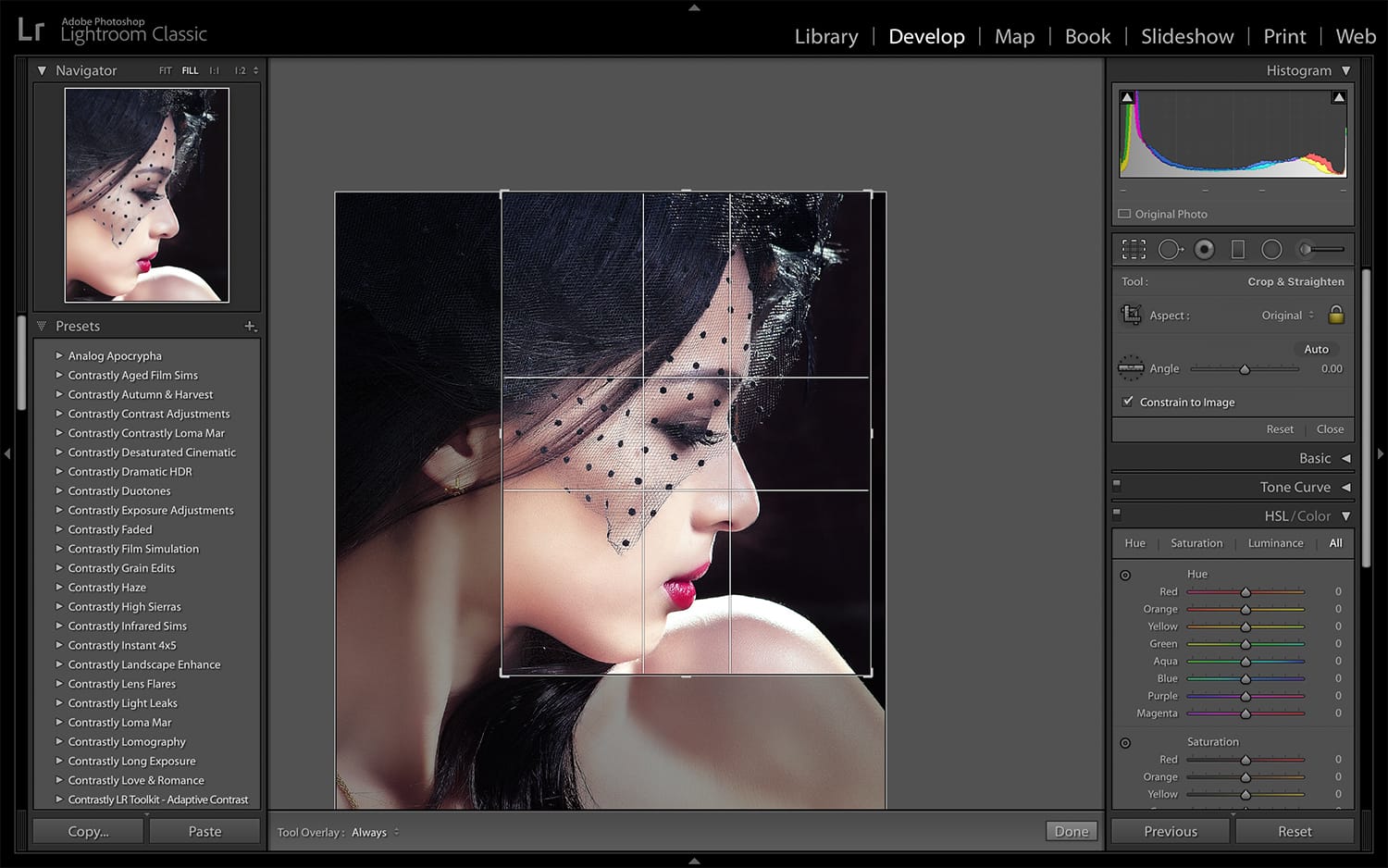
In Lightroom Classic, head over to the Develop module, select the Crop tool (R) and then under Tools > Crop Guide Overlays, select the Golden Ratio. You can also select the Golden Spiral. This will overlay lines on top of your image and help you crop and reposition your subject to achieve a stronger composition.
To use or not to use: Golden Ratio
Long has the debate raged among photographers about which is the better composition technique: Rule of Thirds or Golden Ratio. Ultimately, it all depends on what you’re shooting and how you’re visualizing the end result.
As long as you remember these fundamentals, your next photoshoot should come out compositionally sound and beautiful.
